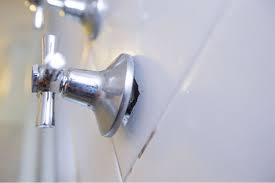Leaks can occur in many different environments, such as homes, buildings, and industrial settings. To detect leaks early on, several methods have been developed and improved over time. One common method is visual inspection, which involves carefully inspecting the suspected area for any visible signs of leakage. Besides visual inspection, other methods such as pressure testing, thermography, and acoustic methods are also widely used to detect leaks effectively.
Visual inspection is a simple yet effective method where one visually examines an area for any signs of leakage. This method involves carefully looking for drips, stains, or discolouration on walls, ceilings, and floors. Additionally, a close inspection of pipes, valves, and connections can help in identifying any visible leaks. Visual inspection can be performed by anyone, making it an accessible technique for detecting shower leaks around the Brisbane house or workplace.
Another method used to detect leaks is pressure testing. This method involves pressurising the system or area in question to check for any decrease in pressure, which could indicate a leak. By using specialised equipment, such as pressure gauges or pressure analysers, this method can accurately determine if there is a leak. Pressure testing is commonly used in plumbing systems, gas pipelines, and industrial tanks.
Thermography, a method that utilises thermal imaging technology, has also proven to be effective in detecting shower leaks in Brisbane. It works by detecting temperature variations in different areas. If there is a leak, the temperature will typically change due to the escaping fluid's cooling effect. Thermography is used extensively in detecting hidden leaks in water pipes, HVAC systems, and electrical systems. Technicians use specialised thermal cameras to capture and interpret the images, enabling them to identify potential leaks easily.

Comments
Post a Comment